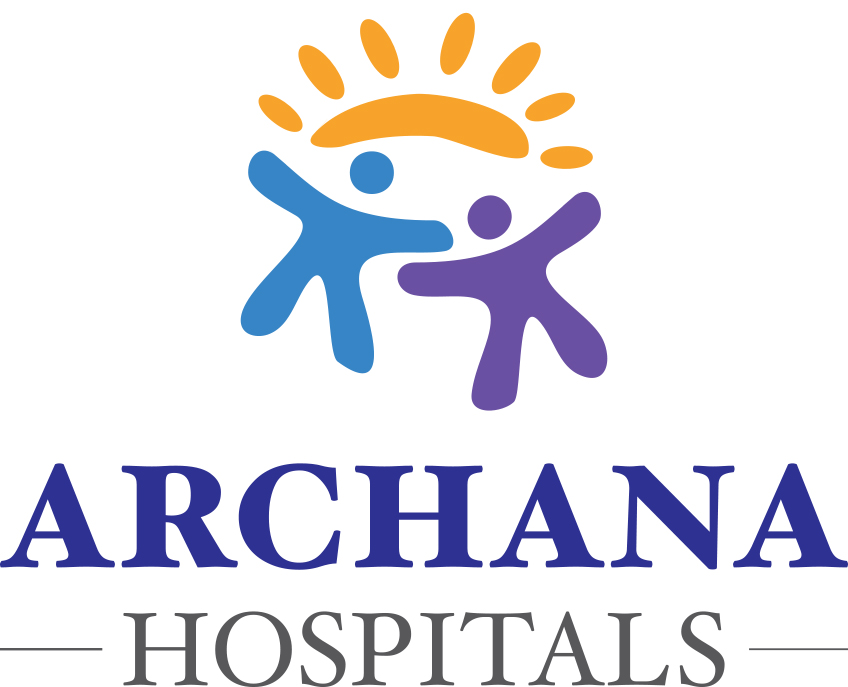What is Angioplasty?
Angioplasty is a medical procedure used to widen narrowed or obstructed arteries or veins, typically to treat conditions like coronary artery disease. It involves inserting a balloon-tipped catheter into the affected blood vessel and inflating it to restore proper blood flow.
Angioplasty is a medical procedure used to treat narrow or blocked arteries and veins, primarily in the heart (coronary angioplasty) and elsewhere in the body (peripheral angioplasty). It is a minimally invasive intervention that aims to restore blood flow through the affected vessels.
Types of Angioplasty:
Coronary Angioplasty (Percutaneous Coronary Intervention, PCI):
Balloon Angioplasty: A catheter with a deflated balloon at its tip is inserted into a narrowed coronary artery. The balloon is inflated to compress the plaque against the artery walls, widening the vessel and restoring blood flow.
Stenting: Often performed alongside balloon angioplasty, a stent (a small mesh tube) is inserted into the artery to keep it open after the balloon is removed. Stents can be bare-metal or drug-eluting (coated with medications to prevent re-narrowing).
Peripheral Angioplasty:
Similar to coronary angioplasty but performed in arteries outside the heart, such as those in the legs (for peripheral artery disease), kidneys, or neck (carotid artery disease). It involves using balloons and sometimes stents to open blocked arteries and improve blood flow.
Benefits of Angioplasty:
Improved Blood Flow: Angioplasty restores blood flow through narrowed or blocked arteries, reducing symptoms such as chest pain (angina) in coronary artery disease or leg pain in peripheral artery disease.
Reduced Risk of Heart Attack: By opening blocked coronary arteries, angioplasty can help prevent heart attacks by restoring blood flow to the heart muscle.
Minimally Invasive: Compared to traditional open surgery, angioplasty is less invasive, resulting in shorter hospital stays, quicker recovery times, and lower risk of complications.
Risks and Complications:
Bleeding: At the insertion site.
Blood Vessel Damage: During catheter insertion.
Allergic Reaction: To the contrast dye.
Blood Clots: Formation at the stent site.
Restenosis: Re-narrowing of the artery over time, especially with bare-metal stents.
When is Angioplasty Needed?
Angioplasty is needed when arteries or veins become narrowed or blocked, leading to reduced blood flow and potential complications. Here are specific conditions and situations where angioplasty may be necessary:
Coronary Artery Disease (CAD): Angioplasty is commonly performed to treat coronary arteries that have become narrowed due to atherosclerosis (buildup of plaque). This condition can lead to angina (chest pain) or even heart attacks if the blood flow to the heart muscle is severely restricted.
Heart Attack (Acute Myocardial Infarction): During a heart attack, a coronary artery is often completely blocked by a blood clot, leading to damage to the heart muscle. Emergency angioplasty, known as primary PCI (Percutaneous Coronary Intervention), is performed urgently to restore blood flow and minimize heart muscle damage.
Peripheral Artery Disease (PAD): Angioplasty is used to treat narrowed arteries in the legs (or sometimes arms), improving blood flow and relieving symptoms such as leg pain or cramping during physical activity (claudication).
Carotid Artery Disease: Narrowing of the carotid arteries in the neck due to plaque buildup can increase the risk of stroke. Angioplasty may be used in conjunction with stenting to reduce the risk of stroke by improving blood flow to the brain.
Renal Artery Stenosis: When the arteries supplying blood to the kidneys become narrowed, it can lead to hypertension (high blood pressure) and kidney damage. Angioplasty with or without stenting may be considered to restore normal kidney function and control blood pressure.
Coronary Artery Bypass Graft (CABG) Surgery Complications: Sometimes, after CABG surgery, grafts can become narrowed or blocked. Angioplasty may be used to reopen these grafts to maintain blood flow to the heart muscle.
When is Angioplasty Necessary?
Angioplasty becomes necessary when a person’s coronary arteries, which supply blood to the heart muscle, become narrowed or blocked due to atherosclerosis (buildup of cholesterol-containing deposits called plaques). This condition, known as coronary artery disease (CAD), can lead to reduced blood flow to the heart, resulting in chest pain (angina), shortness of breath, or even a heart attack if a blockage completely cuts off blood supply.
The procedure of angioplasty involves inserting a thin, flexible tube (catheter) into the narrowed artery. At the tip of the catheter, there’s a deflated balloon that, once in place, is inflated to compress the plaque against the artery walls, widening the artery and restoring blood flow. Often, a stent (a small mesh tube) is placed at the site of the blockage to help keep the artery open.
Angioplasty is typically considered necessary under several circumstances:
Symptomatic Coronary Artery Disease: When a person experiences symptoms such as chest pain (angina) or shortness of breath that significantly affect their quality of life.
Unstable Angina: When symptoms suggest that the heart is not getting enough blood flow even at rest, which may indicate a high risk of heart attack.
Heart Attack (Myocardial Infarction): Angioplasty is often performed as an emergency procedure to restore blood flow to the heart muscle when a coronary artery is completely blocked.
Diagnostic Angiography: Sometimes, angioplasty is performed as part of a diagnostic procedure to assess the extent and location of blockages in the coronary arteries.
Failed Medical Therapy: When lifestyle changes and medications fail to adequately control symptoms or reduce the risk of heart attack.
Multi-vessel Disease: When multiple coronary arteries are narrowed or blocked, angioplasty can address more than one artery to improve overall blood flow to the heart.
Overall, the decision to perform angioplasty is based on a careful evaluation of the individual’s symptoms, overall health, and the extent of coronary artery disease. It is often considered alongside other treatments such as lifestyle changes, medications, and sometimes coronary artery bypass surgery, depending on the specific circumstances of each patient.

